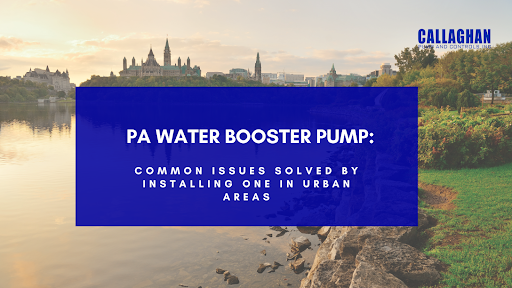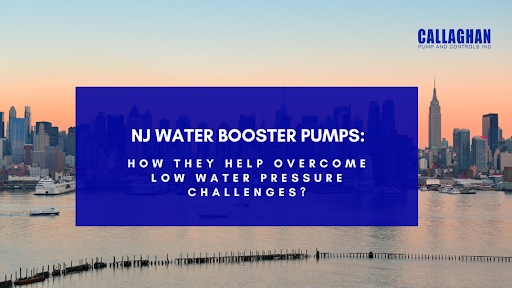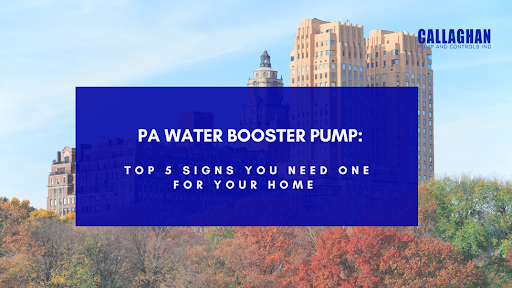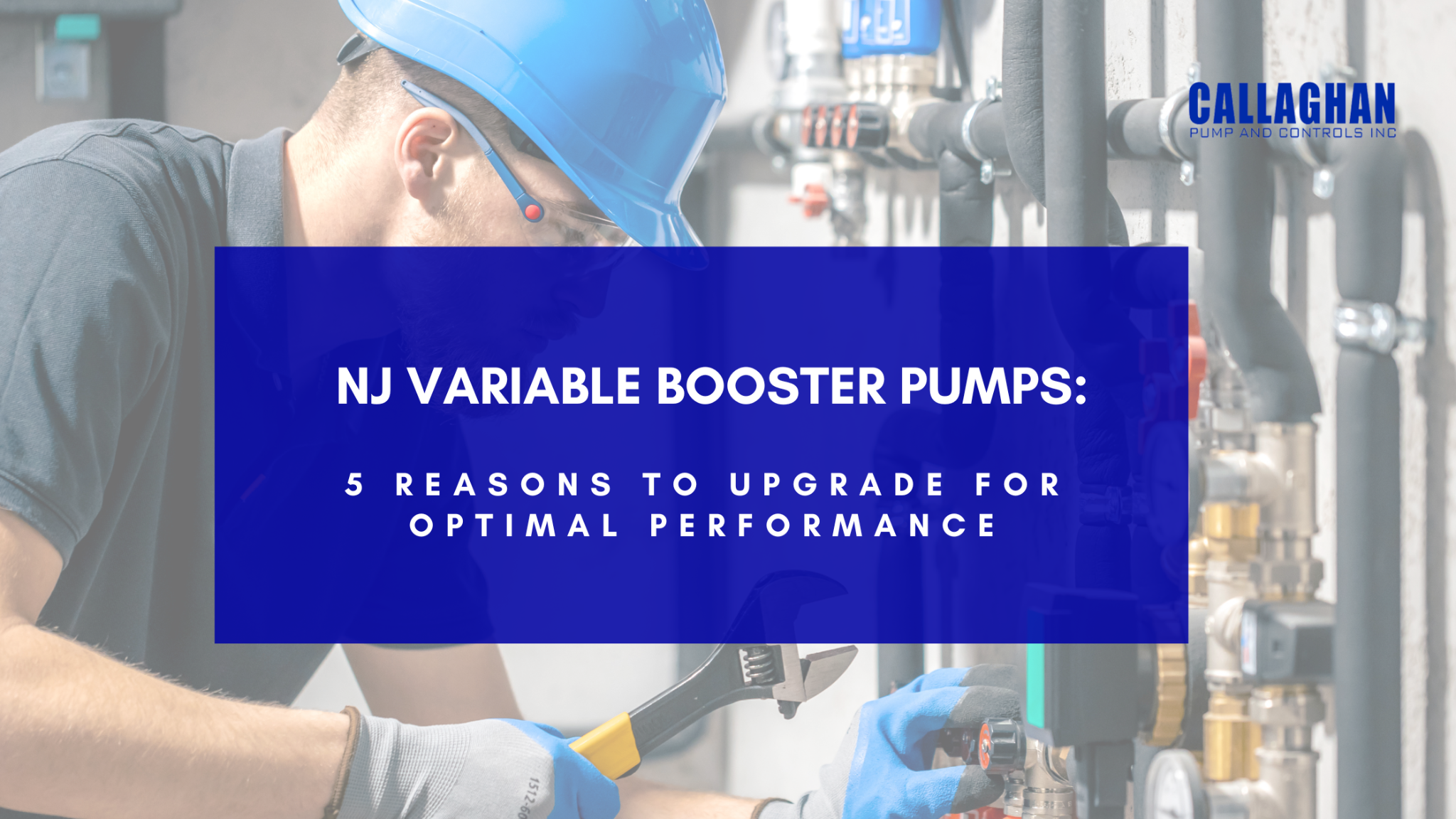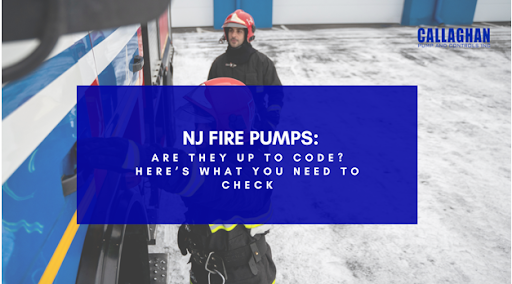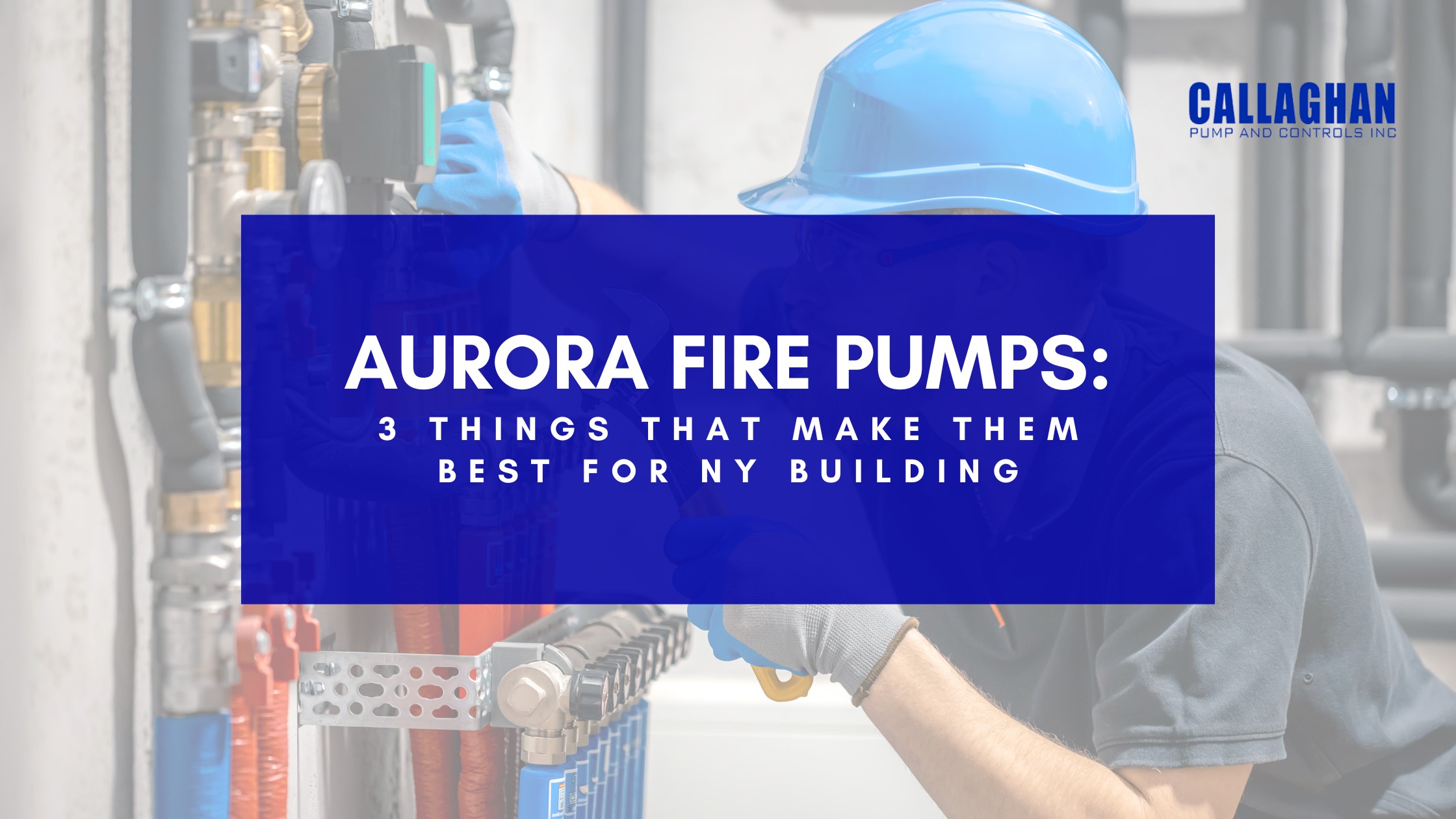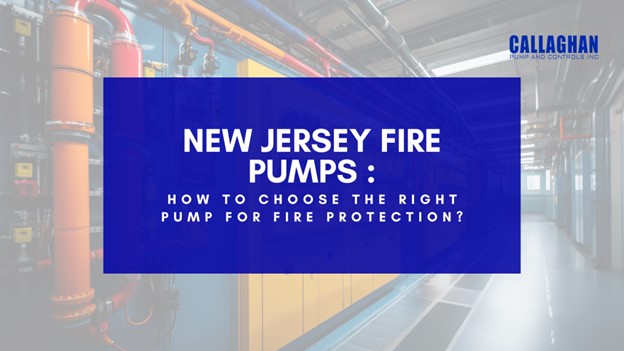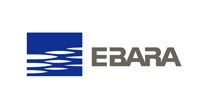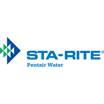Urban areas frequently struggle with maintaining consistent water pressure due to high population density, tall buildings, and outdated infrastructure. These factors can result in weak water flow, affecting homes, businesses, and other facilities. A PA water booster pump provides an effective solution by amplifying the water pressure, ensuring a steady and reliable supply even in high-demand situations. It combats the challenges of multi-story structures and fluctuating municipal supply, delivering water at optimal pressure levels. Whether for residential or commercial use, water booster pumps help maintain smooth operations and provide the necessary water flow for daily needs in urban settings.
That said, let us learn about issues that can be solved with the help of a reliable water booster pump.
Common Problems That a Water Booster Pump Can Solve
From improving overall water flow to addressing specific pressure-related challenges, PA water booster pumps ensure optimal performance and consistent supply, enhancing the efficiency and convenience of water usage across different environments. Here are some of the common problems a water booster pump can solve.
1. Low Water Pressure in High-Rise Buildings
Low water pressure in high-rise buildings is one of the most common issues in urban areas. As water is pumped up to higher floors, it loses pressure, making it difficult for residents to access sufficient water. Showers may be weak, and water-using appliances may not function correctly. Installing PA water booster pumps helps maintain adequate water pressure throughout the building, ensuring that even the highest floors receive a strong and consistent water supply.
2. Water Pressure Fluctuations During Peak Hours
In cities, water usage tends to spike during certain times, like early mornings and evenings when people are showering, cooking, and using appliances. These peak times can lead to sudden drops in water pressure, causing inconvenience to residents and businesses. A water booster pump stabilizes water pressure during these high-demand periods by compensating for the drop in flow from the main supply, ensuring that all users have consistent water pressure.
3. Water Supply Issues Due to Aging Infrastructure
Many urban areas have older water infrastructure struggling to meet modern demand. Pipes laid decades ago may not be able to handle the water needs of today’s population, leading to frequent drops in pressure. A water booster pump helps alleviate this issue by amplifying the water pressure before it reaches buildings, making up for the limitations of aging pipes.
4. Inadequate Water Pressure in Commercial Facilities
Urban areas are full of commercial spaces like office buildings, hotels, and shopping centers that require a high volume of water. These facilities often face inadequate water pressure, especially during high use. A water booster pump ensures that these commercial buildings have enough pressure to support large-scale water needs, from restrooms to cooling systems, without disruptions.
5. Inefficient Irrigation Systems
Even in urban settings, green spaces like parks and gardens need adequate irrigation. Sprinkler systems may not cover the necessary areas without proper water pressure, leading to uneven watering and wasted water. A water booster pump can enhance the efficiency of these irrigation systems by providing the pressure needed to distribute water evenly across large green spaces.
6. Pressure Drops in Fire Safety Systems
Fire protection systems, especially in large buildings, rely on strong water pressure to function correctly. In the event of a fire, low pressure can compromise the efficiency of sprinklers and fire hoses, putting lives and property at risk. A water booster pump ensures fire safety systems have the necessary pressure to operate effectively, even in buildings with multiple floors or significant water demand.
7. Pressure Loss Due to Distance from the Main Water Supply
Buildings far from the main water supply often experience pressure loss as water travels long distances through pipes. This is a common issue in urban areas where water has to be transported from central supply points to various districts. A water booster pump solves this problem by boosting the water pressure before it reaches the building, ensuring that even remote buildings in urban areas receive a reliable water supply.
Urban water supply systems face many challenges, but PA water booster pumps offer a reliable and efficient solution. From stabilizing water pressure in high-rise buildings to improving the efficiency of fire safety and irrigation systems, a PA water booster pump is essential for addressing common water pressure issues in urban areas. By installing one, residential and commercial properties can enjoy a consistent and strong water flow, regardless of the complexities of the city’s infrastructure.
If you’re experiencing low water pressure or any of the abovementioned issues, investing in a PA water booster pump could ensure a steady and reliable water supply. For more information, contact us today.

